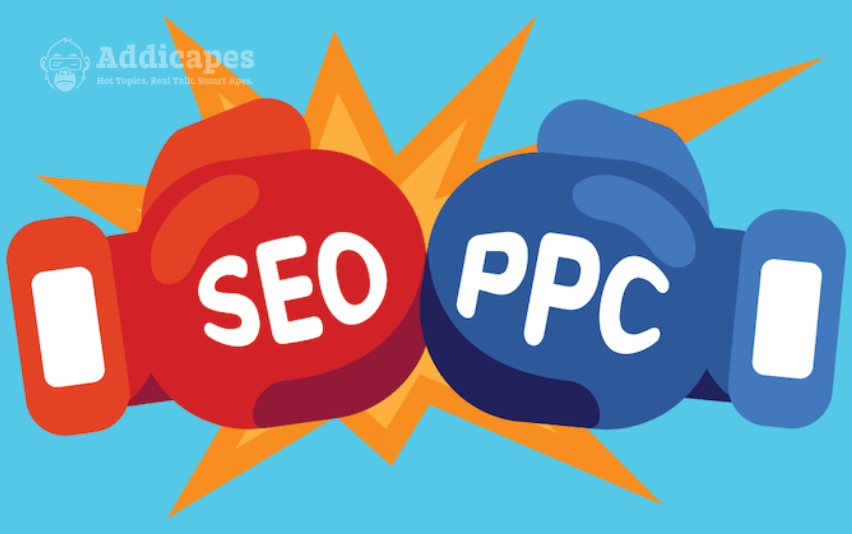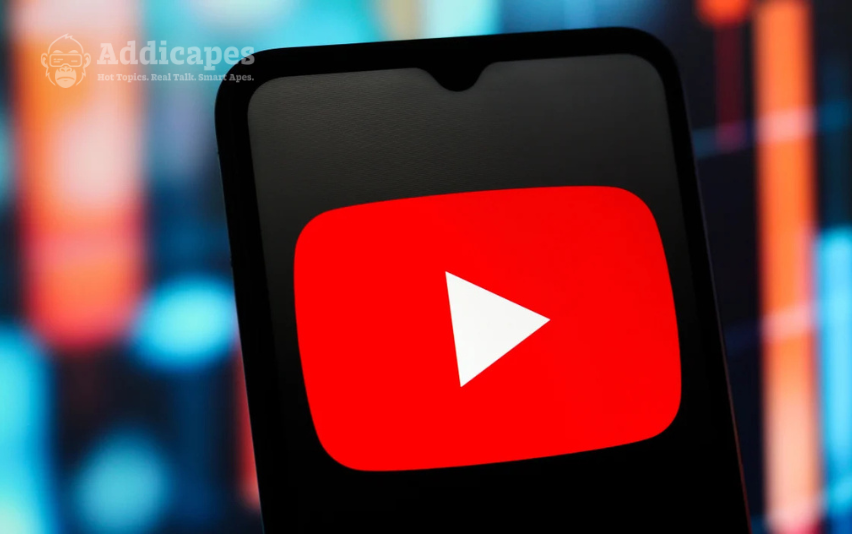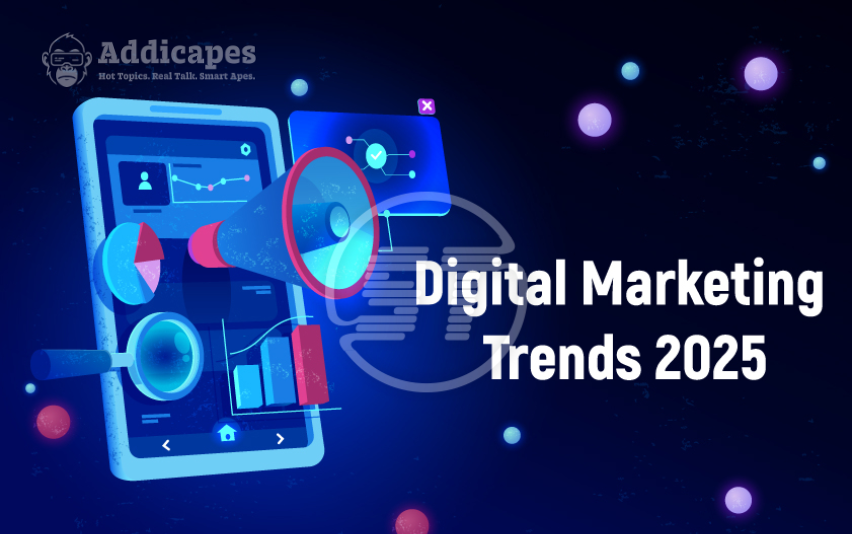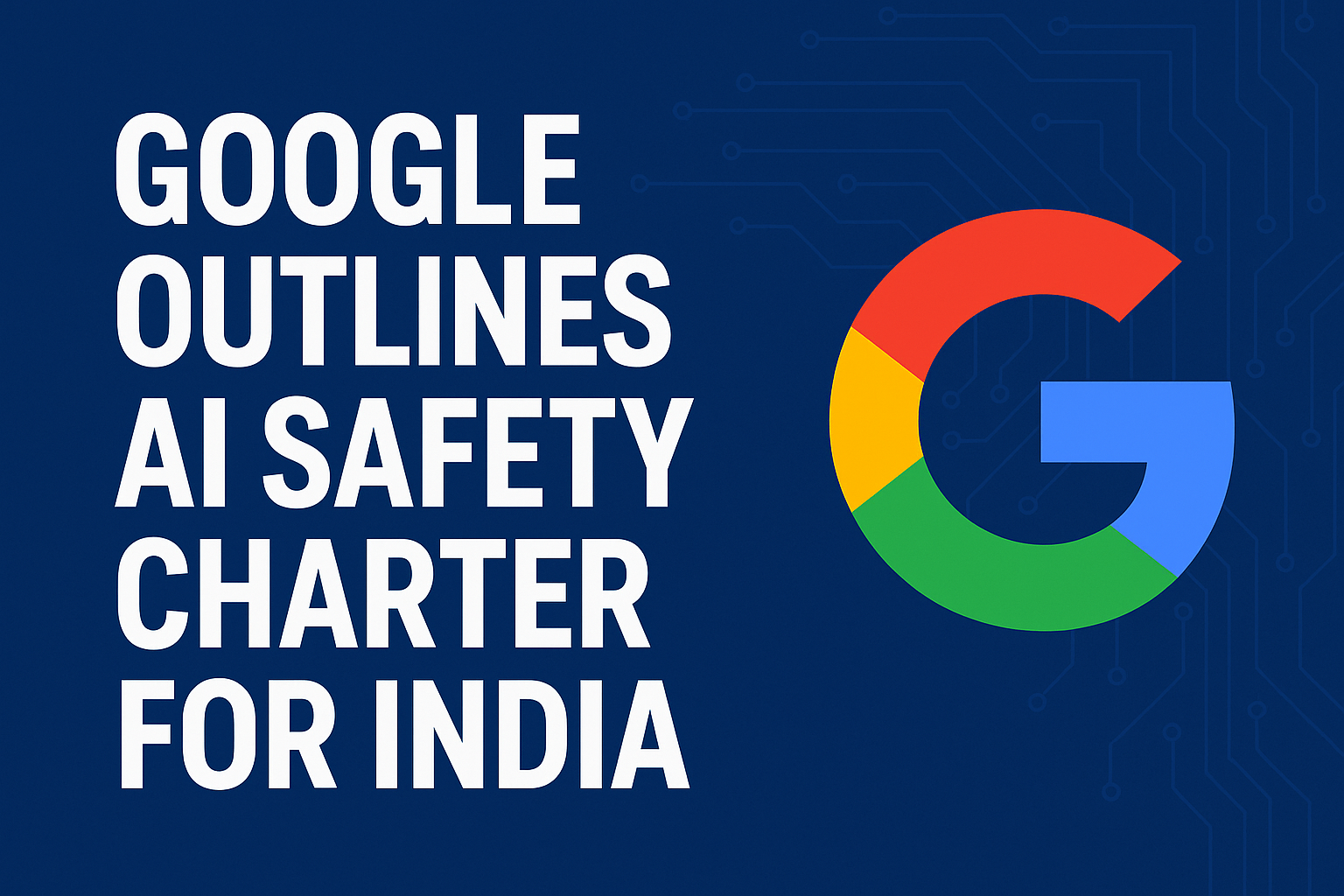Every business owner eventually asks this question: Should I invest in SEO or paid advertising? With limited budgets and increasing competition, choosing the right digital marketing strategy can make or break your growth.
Both Search Engine Optimization (SEO) and paid advertising (like Google Ads and Facebook Ads) have their merits. But the best choice depends on your goals, industry, timeline, and budget. This human-written guide breaks down the differences, benefits, and when to use SEO vs paid ads so you can make the right decision for your business in 2025.
What is SEO and How Does It Work?
Search Engine Optimization (SEO) is the process of improving your website’s visibility on search engines like Google, Bing, and Yahoo. When you optimize your site for relevant keywords, your pages rank higher in organic (non-paid) search results.
SEO includes:
- On-page SEO (keyword usage, meta tags, internal linking)
- Off-page SEO (backlinks, guest posts)
- Technical SEO (site speed, mobile-friendliness)
- Content SEO (blogs, landing pages, product descriptions)
Want to rank on Google without paying for ads? Then SEO is your long-term friend.
What Are Paid Ads?
Paid advertising involves spending money to get immediate visibility. These can be search ads (Google Ads), display ads, shopping ads, or social media ads (Facebook, Instagram, LinkedIn, TikTok, etc.).
With pay-per-click (PPC), you pay only when someone clicks your ad. It’s fast, trackable, and scalable.
Popular paid ad platforms include:
- Google Ads
- Meta Ads (Facebook/Instagram)
- TikTok Ads
- LinkedIn Ads
- YouTube Ads
Want instant leads or fast traffic? Paid ads can deliver overnight.
SEO vs Paid Ads: A Side-by-Side Comparison
| Feature | SEO | Paid Ads |
|---|---|---|
| Cost | Time-intensive but low cost over time | High upfront cost but instant results |
| Time to See Results | 3–6 months minimum | Immediate (within 24–48 hours) |
| Traffic Type | Organic | Paid |
| Credibility | Higher trust, not marked as “ad” | Lower trust (ads are often skipped) |
| Long-Term ROI | High | Moderate |
| Control | Less control over SERP placement | Total control over budget, targeting |
| Click-Through Rate (CTR) | Higher in many cases | Lower due to “ad blindness” |
| Best For | Long-term growth, authority building | Short-term sales, product launches |
Pros and Cons of SEO
✅ Benefits of SEO
- Cost-effective in the long run
- Builds brand trust and authority
- Brings consistent, compounding traffic
- Higher CTR compared to ads
- Supports all stages of the buyer journey
❌ Downsides of SEO
- Takes months to see results
- Requires ongoing optimization
- Algorithm updates can affect rankings
- Needs high-quality, consistent content
Pros and Cons of Paid Ads
✅ Benefits of Paid Ads
- Instant traffic and visibility
- Highly targeted audience options
- Easy to test and scale campaigns
- Great for limited-time offers or product launches
- Works well for retargeting past visitors
❌ Downsides of Paid Ads
- Costly, especially in competitive industries
- Stops working when the budget stops
- Users may ignore or block ads
- Needs constant A/B testing and monitoring
When to Use SEO
Invest in SEO if:
- You’re building a long-term brand
- You want compounding returns over time
- You aim to rank for high-volume keywords
- You have time to wait (3–6+ months)
- You’re in a content-heavy industry like education, SaaS, or health
Check out these top SEO tools for small businesses to get started.
When to Use Paid Ads
Go for paid advertising if:
- You need results fast
- You’re launching a new product or service
- You want to test different offers or creatives
- You have a limited-time promotion
- Your organic reach is low
Want to run a profitable campaign? Learn the best PPC strategies for 2025 here.
Can You Combine SEO and Paid Ads?
Absolutely. In fact, some of the most successful digital marketing strategies use both SEO and paid ads in tandem.
Here’s how:
- Use Google Ads to test keyword demand → then optimize for SEO
- Run Facebook retargeting ads on blog readers → boost conversions
- Target long-tail keywords via SEO, and short-tail via ads
- Promote high-performing SEO blogs with a little paid boost
This hybrid strategy creates a powerful funnel that drives traffic now and in the future.
Real-Life Example: SEO vs Google Ads
Example 1: Local Business SEO
A local dentist in Langley BC invests in SEO using keywords like “teeth whitening Langley BC” and “pediatric dentist Langley BC.” After 5–6 months, they start ranking organically and get consistent leads without paying for each click.
Example 2: eCommerce Paid Ads
An online shoe brand launches a flash sale. They use Google Shopping Ads and Instagram Reels Ads to drive 3,000+ clicks in 48 hours. They get instant sales, but the traffic stops once the campaign ends.
Moral? SEO builds momentum. Paid ads buy momentum.
What’s the ROI Difference?
Here’s a simple ROI comparison:
- SEO ROI over 12 months: 500%+ if executed well
- Paid Ads ROI in 30 days: Varies — can be 100% or negative depending on targeting & spend
SEO has a higher ROI long-term. But paid ads give predictable performance short-term.
Which One Should You Choose?
Choose SEO if:
- You’re patient
- You want to reduce cost over time
- You believe in value-driven marketing
- You’re building authority in a niche
Choose Paid Ads if:
- You want quick results
- You’re testing a new product/service
- You need fast traffic or leads
- You’re okay with higher short-term costs
Pro Tip: Start with a small paid ads budget while building your SEO foundation. Once your SEO starts kicking in, reduce ad spend and rely on organic traffic for long-term growth.
SEO vs Paid Ads — What’s Right for You?
The truth is, there’s no one-size-fits-all answer. The right digital marketing strategy depends on your business stage, goals, and budget.
If you’re a new business with time but little money — go with SEO.
If you’re launching a product and need sales now — use paid ads.
If you’re serious about growth and sustainability, combine both.
Want to learn how to increase website traffic for free? Explore our blog for SEO tips and free marketing tools.













